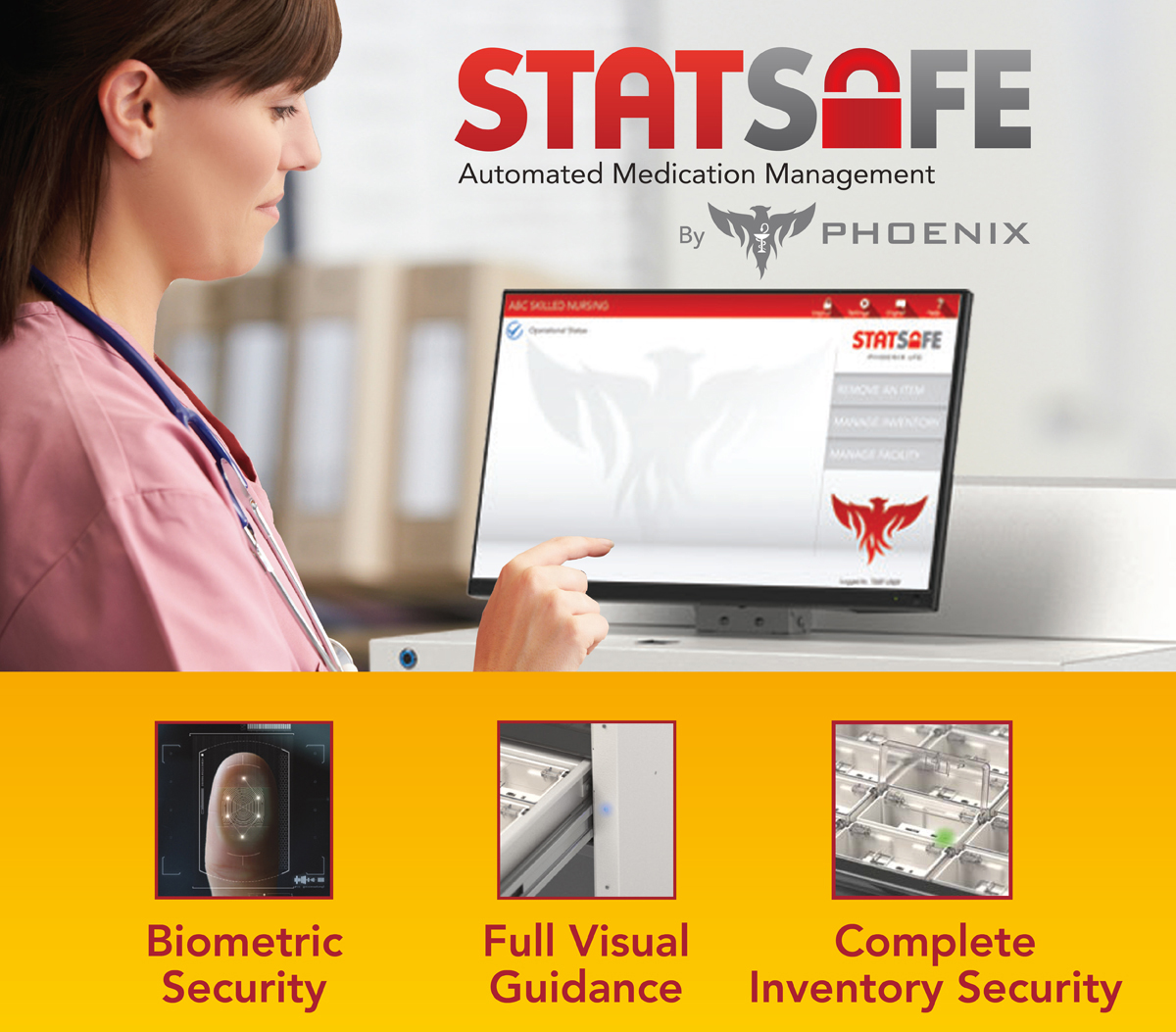The term “STAT” is very familiar in our industry, as it’s the official term for urgent prescriptions. The word ‘STAT’ comes from the Latin word “STATim” which translates to “immediately” and it means that the order should be prioritized first as it is needed urgently. A STAT medication order should generally be administered within 30 minutes of it being ordered.
The word “STAT” takes less time to say than “right now”. It’s shorter, only one syllable, and in urgent and life-threatening circumstances, communication needs to happen extremely quickly.
In the medical world, “STAT” became known as a need for urgency and can’t be misunderstood when compared to terms like “hurry” or “do it now”. In situations when “STAT” is required, it’s very important to convey the message as quickly as possible without any doubt.
There’s also a time difference between “STAT” and “right now”. While they’re very similar, “STAT” means immediately, while “right now” is intended to be an order of meds that should be given within a time frame of 60-90 minutes. Delivering the right medications extremely quickly when warranted is important and can – and does – save lives. Some medical experts argue that the speed of a STAT order shouldn’t be more than 15 minutes from the time the order is given until the patient is administered the medications. Unfortunately, often it is no easy task for a pharmacy to deliver ordered medications in that time frame, but automated eKITs and dispensing systems are the keys to managing such orders for immediate use meds onsite.
How can you improve the STAT order time?
Recent research established that it takes about 30 minutes on average to deliver a STAT medication to a patient. In many cases, a quick delivery time can be the difference between life and death. However, a different modern study demonstrated that by improving the quality of interventions, the time for delivering STAT medications can be reduced. In other words, by reducing factors that slow the process, necessary medications are able to be delivered to the patient in less than 30 minutes. Not only that, but doctors in that same study increased the percentage of medications delivered within 30 minutes from 20% to 67% – a significant decrease in the wait time for “STAT” meds.

What are the barriers preventing a faster STAT order delivery?
There are a few reasons why a STAT medication is delivered later than needed or expected. Here are some of them:
- A doctor may not inform a nurse that a STAT medication was ordered. In life-or-death situations, it can be hard to effectively communicate what needs to be done; and in some cases, doctors don’t inform the nurse that a STAT medication is needed.
- The nurse may not scan the order in a timely manner. When a medication is ordered as STAT, the nurse may not call the pharmacy to make sure the order was marked as STAT.
- Some medications take time to prepare. Some STAT medications (such as antibiotics) can take time to prepare – sometimes up to 15 minutes.
- The pharmacy aid may not deliver the medication to the unit quickly. If all medications are packaged and look the same, it’s hard to identify which medication is a STAT order and which is not. It’s a good idea to label STAT orders a different color than other standard medications to make sure hospital staff can identify and deliver them quickly.
Examples of medication orders and differences with STAT
In medical practice, prescriptions are frequently referred to as “orders”. These are the common order types and examples:
- Routine orders. A routine order is the prescription followed until another drug is administered. An example of a routine order is “Syndol, 2 tablets daily”.
- PRN orders. Also known as “as needed”, these are typically given to patients with symptoms such as itching, nausea, or tooth pain. An example of a PRN order is “Careway Paracetamol 200ml every 6 hours as needed”.
- One-time orders. As the term suggests, meds with these instructions should only be administered once. An example of a one-time order is a prescription for antibiotics for patients recovering from surgery.
- STAT orders are, as we have seen above, a one-time order that is served immediately due to urgent circumstances. An example of a STAT order is “Benadryl capsule STAT”.
Conclusion
Hopefully, it is now clear what STAT orders are and why they’re important in medicine. They are referred to as “immediate orders” to be given to patients in urgent circumstances. It is likely you will see them on medication orders, so it is important to know what that designation means.
We have described how some barriers can affect quick delivery and also how improving the delivery time and quality allows for a STAT order to be administered within 30 mins.







